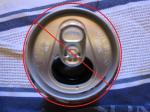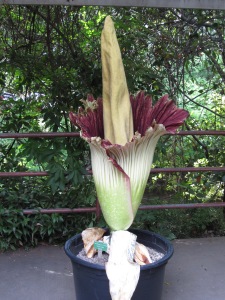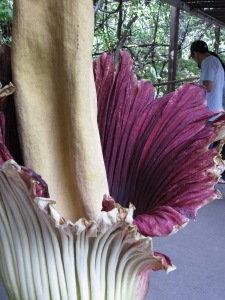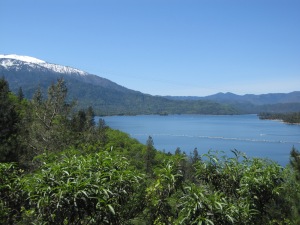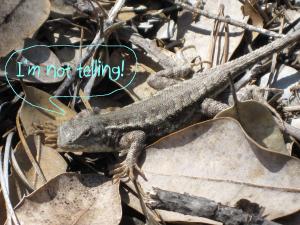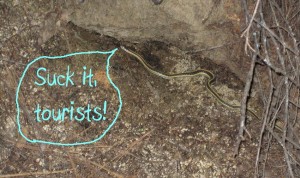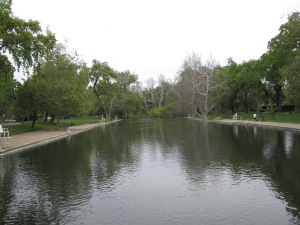What starts with a ‘B’ and is in the news for unleashing unknown toxins into America?
If you said BP or blowout preventer, you’re close.
It’s BPA! Yay! You will a lifetime supply of canned Coke and Campbell’s soup.
Just kidding. You don’t win anything except the chance to be on the jury for chemical court. BPA is on trial and there’s some simple things even skeptics can do to limit their exposure.
Bisphenol A (BPA) is an organic compound used to make polycarbonate plastics and epoxy resins. It is a known endocrine disruptor that mimics estrogen. It is in a variety of products from canned goods, plastic ware and drink containers, cds and dvds, and even many credit card receipts. Some of the diseases it is linked to include breast and prostrate cancer, obesity, early onset puberty and erectile dysfunction. Exposure to pregnant women and children is of greater concern than healthy adults because BPA is known to change gene expression. Tests have found BPA present in the umbilical cord blood and urine of most pregnant women. We don’t know the effects yet. Public concern is leading to more testing by the EPA, FDA and CDC, the results of which are expected as early as Fall 2010. In the meantime, many bottle companies, baby bottles in particular, have advertised BPA-free products. (All the references for this diligent study of mine are contained in my BPA article here.)
Here’s the short list of things that are easy to remember to do to limit BPA exposure, just in case.
1. Buy bottled – Canned goods like soup and soda contain BPA in their lining. Limit or wash canned goods or ban the can and buy bottled instead, especially tomato-based things and beer.
2. Do not put plastics in the dishwasher or microwave.
3. Throw away scratched food containers – scratching advances leaching into contents.
4. Use a BPA-free water bottle. Save the Earth and yourself by avoiding the horrible plastic water bottle, but make sure it’s not a PC or #7. Kleen Kanteen is my personal favorite.
5. Receipts. Don’t leave receipts around. Don’t let them touch your grocery food, wash your hands after handling them and keep the ones you need to keep in a zip-loc in your drawer or purse. As much as half of all thermal receipts contain BPA that is absorbed through the skin, many times a day. To what effect if any, no one yet knows, especially since it a non-polymer form of BPA used in them, but skip the receipt when you can and try not to touch, especially before eating.
6. TP. Sadly, thermal imaging (receipt) paper often gets recycled into toilet paper, ensuring contact with a person every day in an uncomfortable way. Not to mention it all goes straight to the water supply. Unfortunately, there is no easy way to avoid this. Even non-recycled TP is bad for the environment for using tons of trees daily and oil/energy/water to make a disposable product. I think this represents many of the issues we are facing right now – Save the world or save your own ass! There must be a way to a little of both. I have discovered a few: BumBoosa makes TP and wipes from sustainable bamboo. The Toto Washlet is a bidet toilet seat (with both heated seat and water). Think about it. I will, too.
7. No #7 or PC – Plastics with recycling #7 or the letters may contain polycarbonates. It is recommended to use #2,4, and 5. Anything marked “PC” definitely contains polycarbs. Avoid.
These are the the easiest ways to avoid BPA without demonizing all plastic, whether or not it turns out to be dangerous. And keep in mind that there is no true “BPA-free” any more than there is “plastic-free” or”chemical-free.” It’s a chemical world and we’re all chemical boys and girls, but responsible use and limiting large doses of toxins is the best way to keep healthy.
